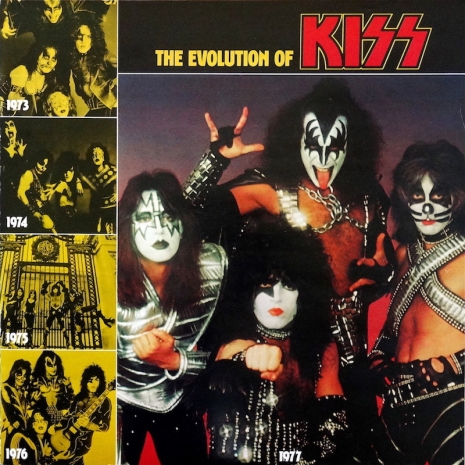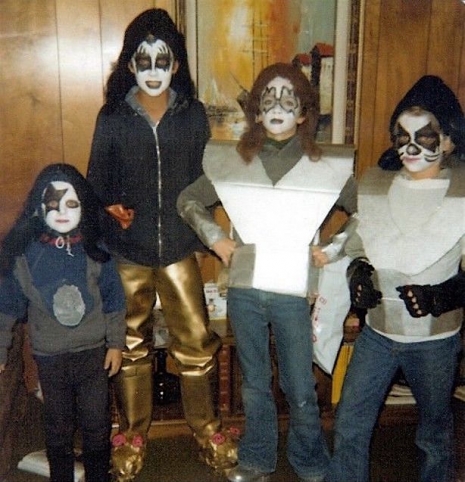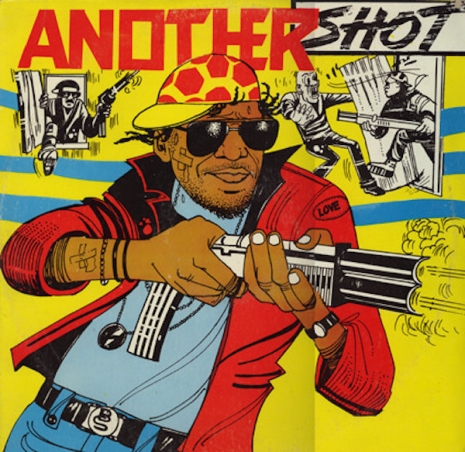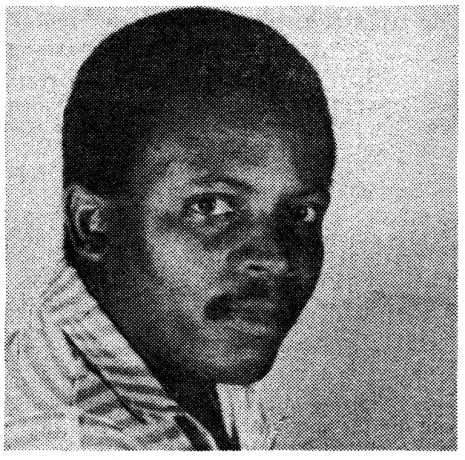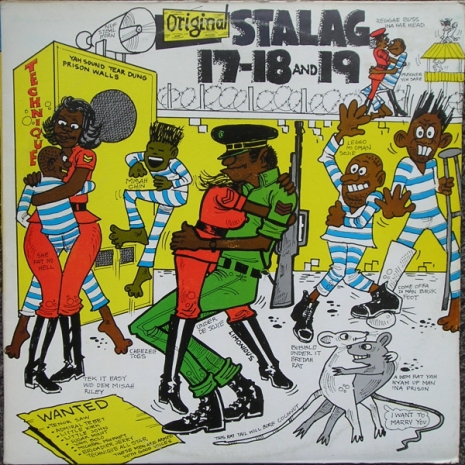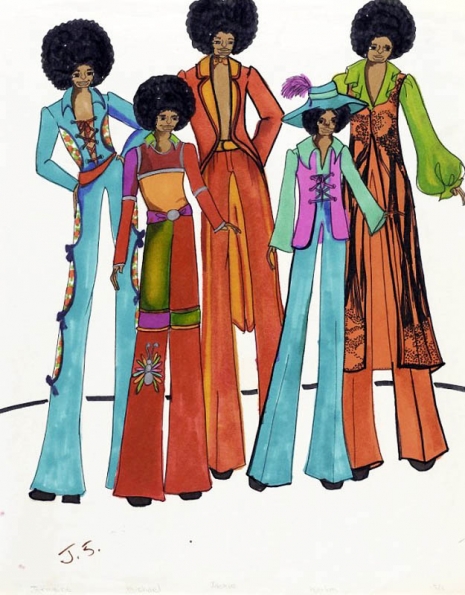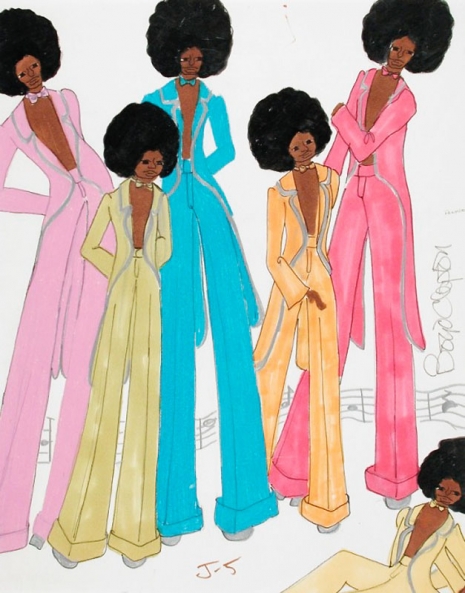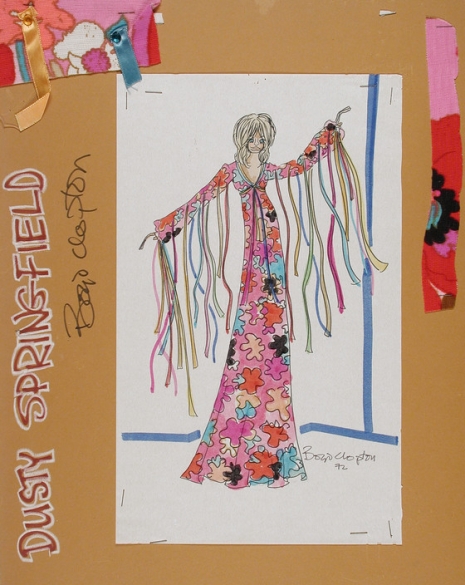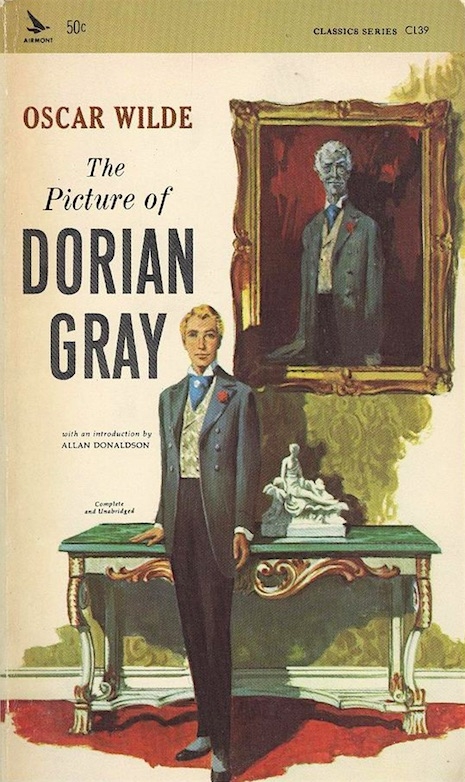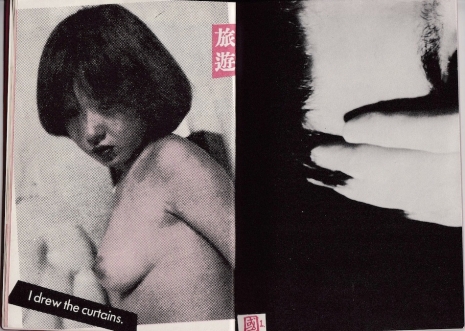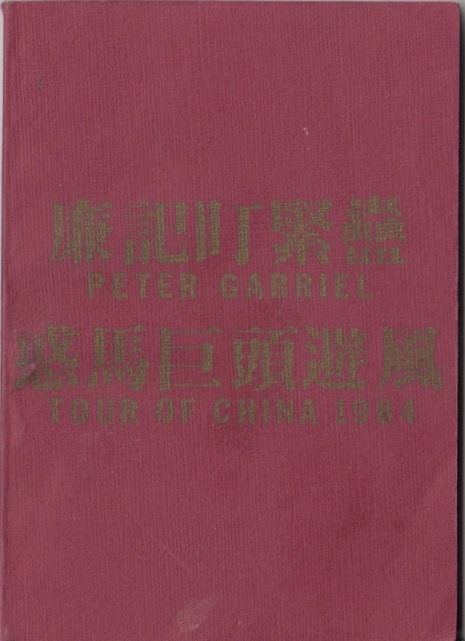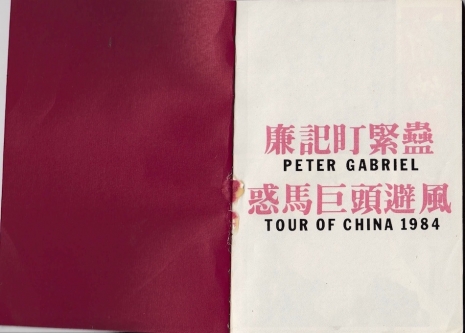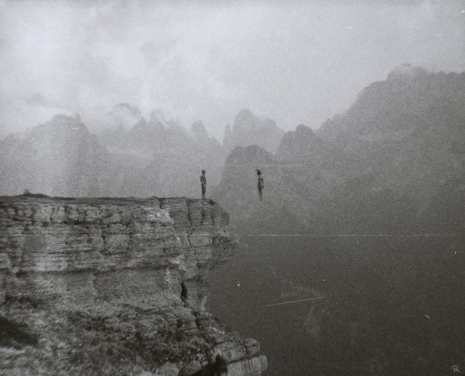
Everyone has seen the famous photos of Nico and Andy Warhol dressed as Batman and Robin, and Warhol’s silkscreen of the Batman logo, but evidently the writers for the most “pop art” TV show in history were also very well aware of the Pope of Pop’s movements.
In an episode called “Pop Goes the Joker,” a rich society girl by the name of “Baby Jane Towser” is preyed upon by the Joker who has inadvertently become an acclaimed Warhol-esque pop artist after defacing some art ala Marcel Duchamp. Baby Jane is duped to lure in millionaire patrons to buy the Joker’s art.
Obvious to anyone at the time, the rich girl character was based on one-time fashion model, “It Girl,” Warhol superstar and wealthy young Park Avenue socialite, “Baby” Jane Holzer. Holzer was famously photographed by David Bailey, she made the cover of Vogue and appeared in a handful of Warhol’s early films, such as Couch, Soap Opera and a silent “screen test” where she coyly brushed her teeth for his camera.
Holzer was known for many things, among them, and in no particular order, her big beautiful mane of hair, her enthusiasm for everything new and exciting, and for being almost a prophet of Andy Warhol’s art, being one of the earliest and most vocal champions of his work. She dated David Bailey and was pursued by the likes of JFK and Warren Beatty. Vogue editor Diana Vreeland called her “the most contemporary girl I know” and Holzer described her look as “Jewish 1964.” She was quite good at causing a stir. It’s not being unfair to say that she was the forerunner of Kim Kardashian.
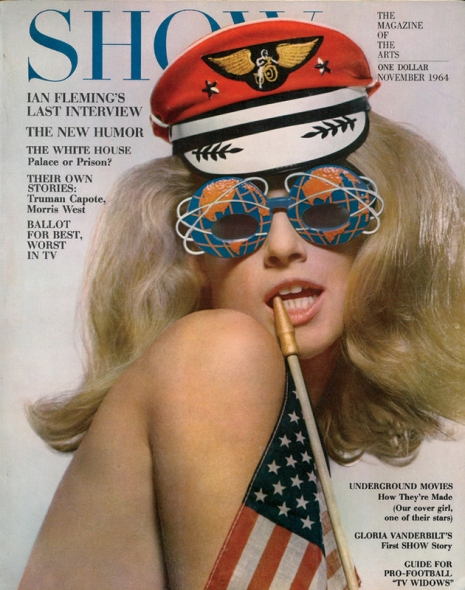
Holzer was largely absent from The Factory scene after Edie Sedgewick’s arrival, when Warhol’s entourage became too druggy for her tastes, although she and the artist stayed close friends. The essay “Girl of the Year” from Tom Wolfe’s anthology The Kandy-Kolored Tangerine-Flake Streamline Baby is about Jane Holzer:
“The show hasn’t even started yet, the Rolling Stones aren’t even on stage… Girls are reeling this way and that way in the aisle and through their huge black decal eyes… they keep staring at - her - Baby Jane - on the aisle… Baby Jane, is a fabulous girl. She comprehends what the Rolling Stones mean. Any columnist in New York could tell them who she is… a celebrity of New York’s new era of Wog Hip… Baby Jane Holzer, Jane Holzer in Vogue, Jane Holzer in Life, Jane Holzer in Andy Warhol’s underground movies, Jane Holzer at the rock and roll, Jane Holzer is - well, how can you put it into words? Jane Holzer is This Years Girl, at least, the New Celebrity, none of your old idea of sexpots, prima donnas, romantic tragediennes, she is the girl who knows… the Stones, East End vitality… ‘Andy calls everything super,’ says Jane. ‘I’m a super star, he’s a super-director, we make super epics - and I mean, it’s a completely new and natural way of acting.You can’t image what really beautiful things can happen!’”
Roxy Music’s Bryan Ferry later referenced Holzer in the the lyrics to “Virginia Plain” (“Baby Jane’s in Acapulco / We are flying down to Rio” and “Can’t you see that Holzer mane?”).
Much more after the jump…








